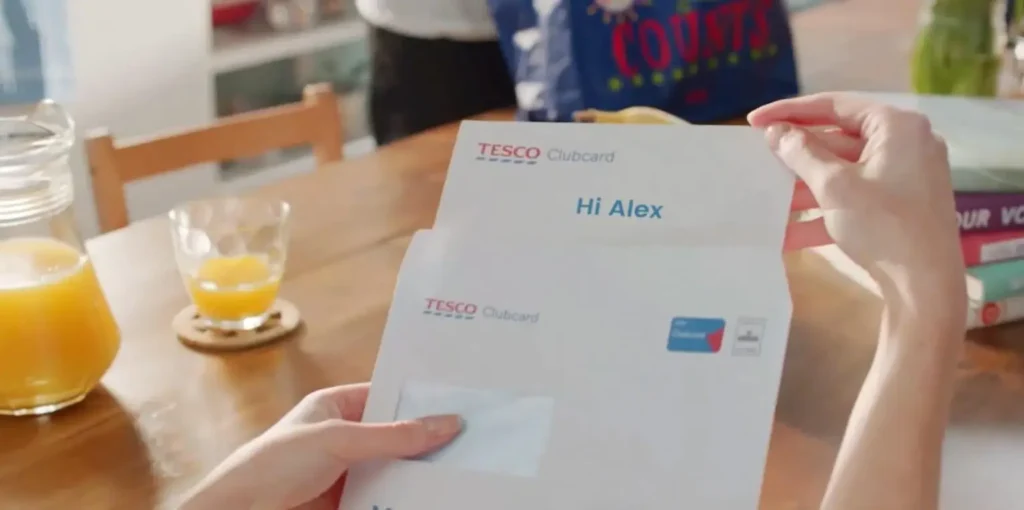Think of the feeling of logging into your favorite streaming service and, in a snap, seeing a curated playlist of movies and shows tailored to your tastes. This isn’t the result of a wizard behind a curtain, but rather a system that analyzes your viewing history and preferences. These scenarios, once futuristic, are now reality — thanks to the merging of hyper-personalization and artificial intelligence (AI).
This is just one example of how businesses leverage AI to scale personalized content strategies driven by extensive customer data, creating user satisfaction and engagement to the nth degree.
More than anything, consumers crave experience, and they want it to be tailored. More than half (56%) of consumers say personalized experiences contribute to them becoming repeat buyers, according to the latest State of Personalization Report, which lends itself to a 7% increase year-over-year.
Hyper-personalization strategies, powered by vast amounts of data, allow businesses to analyze user behavior and predict future actions with remarkable accuracy. AI plays a crucial role in efficiently scaling these personalized strategies, enabling marketing teams to deliver customized recommendations, content and services that resonate deeply.
At the junction of hyper-personalization and AI, we’ve uncovered a flow that’s transforming industries and elevating the customer experience to a whole new level.
Leveling Up: Personalization vs. Hyper-Personalization
Traditional personalization is rooted in basic customer data, whereas hyper-personalization is based on more thorough segmentation that brings a perfectly tailored message to someone when they need it most. Hyper-personalization typically comes later in the customer lifecycle once you know your customer more.
In other words, personalization versus hyper-personalization is like:
Hi Donny!
vs.
Hi Donny. We can’t wait to welcome you back to Luna Resort. In case you want to join one of our excursions again, we want to let you know we’ve added two new ones since you were here last: Guided SUP Adventure and a Biking Beer Crawl.
The above example shows what hyper-personalization can look like in text format, but as we all know, modern attention spans tend to favor content that moves, well, faster than molasses. More than 8 of 10 (83%) of people want more video content from brands. Combining hyper-personalized text with other forms of media, like images and (especially) video, can increase interest, engagement and, ultimately, follow-up. Why do you think the TikTok algorithm is so successful?
Where Hyper-Personalization and Artificial Intelligence Meet
With the hyper-personalized differentiator in mind, let’s consider how it meets up with AI. Where customer data personalizes, AI scales.
In the context of hyper-personalized content, AI functions as the engine that drives scale. For one, it can analyze vast amounts of customer data, from browsing habits and purchase history to social media interactions and demographic information. Machine learning algorithms then use these insights to predict future behavior and preferences, enabling businesses to generate tailored content at an unprecedented scale.
Post on
Speaking of generating tailored content, another use case for generative AI is that it can sift through your organization’s proprietary data sets, including branded assets reserved for creative marketing purposes, and compile a whole new output. All the while, you serve as the pilot that drives the results. This process allows for the creation of dynamic, personalized experiences for each segment, ensuring that content remains on point as customer preferences evolve.
When AI and hyper-personalization fuse together, they form a marketing powerhouse capable of delivering deeply resonant customer experiences. AI streamlines the production of personalized content and refines personalization strategies in real time, ensuring that each touchpoint feels uniquely crafted for the customer at hand.
Examples of Hyper-Personalized Experiences (And How AI Enhances Them)
Seeing hyper-personalization in action is much more powerful than merely talking about it. Let’s uncover a few examples, some of which are even AI-powered.
1. AI-generated Hyper-Personalized Video
Sometimes, a ping on Slack or a tap on the shoulder in the office doesn’t cut it. One way to recognize an employee for their hard work is to generate a video that has all the information about their latest achievement (for example, a promotion). This video, created in Idomoo’s Next-Generation Video Platform using a simple text prompt, is an example of a piece of hyper-personalized content using an AI-driven platform.
Companies can use the same platform to generate content for customers, too. Simply adjust the prompt and ensure the platform has access to approved branded materials to get the output you’re after.
Want to know more? If you’re curious about how you can keep AI hallucinations from happening and want to nerd out a bit, read about retrieval-augmented generation and why it matters for brands.
2. Voice Shopping at Walmart
On the ecommerce side, Walmart Voice connects with Siri Shortcuts to allow customers to shop at their local Walmart simply by verbally communicating with their phone. Not only can you get your shopping done at home, but you can multitask while doing so.
This technology, enabled with automation and AI, offers a hyper-personalized experience for every customer. It even remembers your favorite items (e.g., say aloud that you want to add pancake mix to your cart and it’ll ask if you want the same kind you usually get).
3. Personalized Infographics
If the traditional infographic format feels stale, there’s a way to hyper-personalize it that can bring it back to life. In this example (click the image above to see the full infographic), personalized statistics and engaging visuals are combined to create a shareable graphic for players to look back on their gameplay.
Whether you’re seeking more customer interactions or higher conversion rates, this type of content (which can include personalized recommendations that speak to customer needs) has a way of achieving it.
While it’s not necessary, incorporating AI into this strategy can help deepen customer segmentation or increase the speed at which you can pump out this type of content.
4. Customer Relationship Management, GPT-ified
In 2023, Salesforce unveiled a product called Einstein GPT, an OpenAI-integrated CRM that behaves like a sales assistant. Using real-time data collection and operating on AI algorithms, this tool is like a shortcut to customer satisfaction, using metrics and more to help sales teams increase customer lifetime value on the fly.
Einstein GPT can help salespeople identify their top contacts to make sure they’re spending their time reaching out to the right folks and even glean the latest metrics to enable teams to act fast with data in mind.
When AI Should (And Shouldn’t) Support the Customer Journey
AI systems serve a purpose in spaces such as product recommendations (think Amazon), customer service chatbots with human backup, retention and upselling email campaigns and any digital experience requiring natural language. As you can see from the above examples, this is just the tip of the iceberg.
But AI tools are not always the solution companies need to uplift customer engagement and experiences.
Sometimes, marketing campaigns require a level of personalization that can only be achieved in the context of 1:1 interactions. Other times, standard segmentation of personal data is enough, and scaling content isn’t the concern of the moment.
“Use AI as a tool to complement and enhance human decision-making, rather than replace it,” writes Christopher Campbell, a marketing professional with a background at companies like Microsoft and VMWare, in a LinkedIn post. “While AI can process vast amounts of data, human marketers should be the ones interpreting the insights and applying them in a culturally and emotionally relevant way.”
In an increasingly complex and globalized world, it’s important to understand what AI is good for, and when it doesn’t have a seat at the table.
AI and Hyper-Personalization for Top-Notch Customer Loyalty
AI is changing how businesses and customers interact. All the while, hyper-personalization is more important than ever, and using AI to create and fine-tune personalized content allows companies to offer unique, meaningful interactions that really hit home.
Embracing this powerful combo lets companies stay ahead of the curve, delivering memorable and special marketing strategies. With technology moving forward, the potential for hyper-personalization and AI is huge, teasing a future where every interaction feels tailor-made.
Idomoo’s Next-Generation Video Platform gives enterprises AI capabilities in addition to deep Personalized and Interactive Video creation, among other features. From healthcare to hospitality, education to insurance, hyper-personalization becomes possible for anyone with the help of intuitive tech designed with your digital marketing goals in mind.









